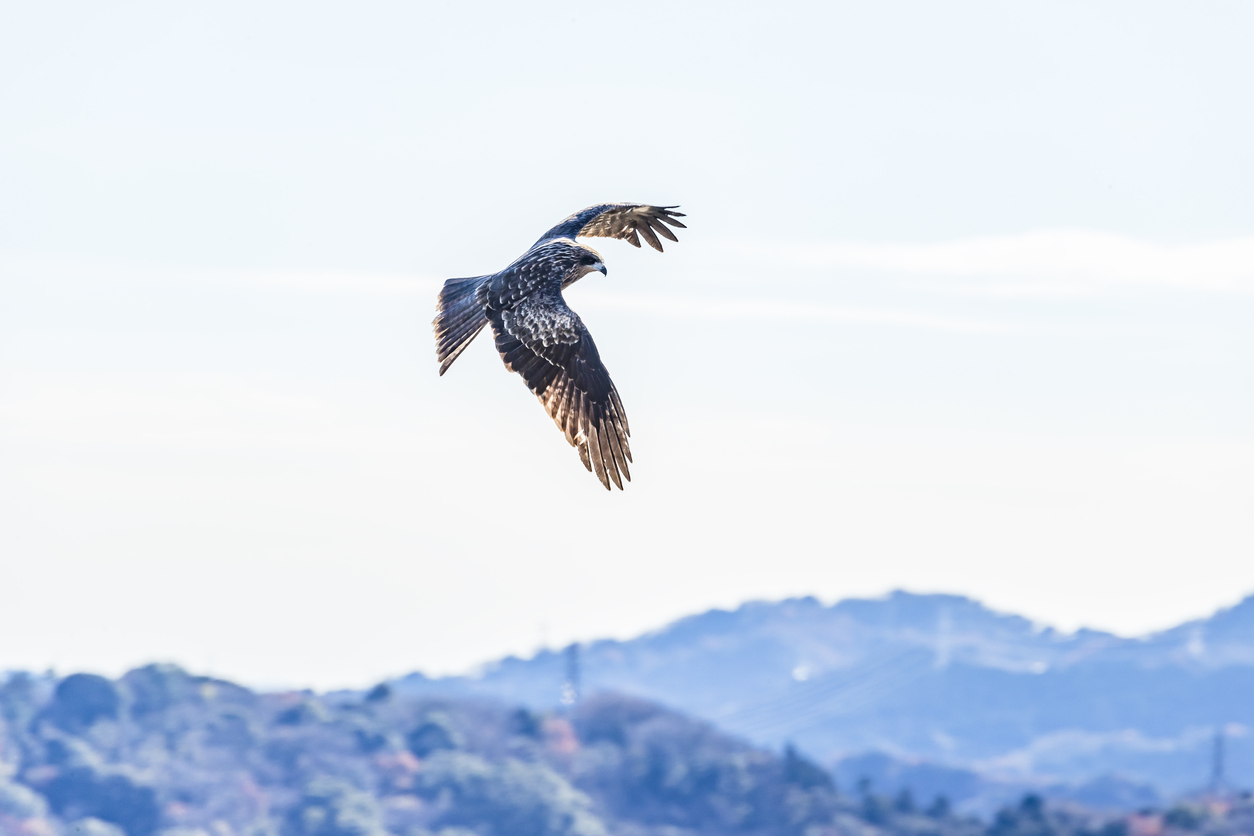
Old area in the brain turns out to be more important than expected
29 January 2024

29 January 2024

Researchers at the Netherlands Institute for Neuroscience have discovered that a brain area preserved through evolution, called the superior colliculus, is more crucial for vision than we thought.
When we look at something, we can easily distinguish an object from the background. While this sounds obvious, how our brain accomplishes it is still quite complicated. It has long been known that a brain area called the visual cortex is involved in the process. Yet there are animals in which this area is much less developed than ours or does not exist at all. So how do these animals see when a prey or predator approaches them in a crowded background? Could another player be involved after all?
Visual information travels from our retina to the visual cortex, but also partly to a structure called the superior colliculus. This is the ancient visual system common to all classes of vertebrates, from fish to amphibians, reptiles, birds and mammals. Remarkably, this structure has been preserved throughout evolution, but varies greatly in relative size between different organisms. For example, the superior colliculus is relatively large in fish and birds whereas it is just a tiny pea tucked away in grey matter in humans.

Figure: The superior colliculus is preserved during evolution but differs in relative size between species (adapted from Basso et al. 2021)
To find out exactly what the superior colliculus does, Leonie Cazemier and her colleagues from Alexander Heimel’s and Pieter Roelfsema’s groups studied mice and their ability to distinguish objects from the background. The mouse is an interesting model because, like in humans, its brain has two parallel pathways: both the visual cortex and the superior colliculus. The mice were trained to distinguish figures from a background, which appeared on the left or right side of the image. By licking either left or right, the mice reported on which side the image had appeared.
Alexander Heimel: ‘Previous research already showed that a mouse can still complete the task if you turn off its visual cortex, which suggests that there is a parallel pathway for visual object detection. In this study, we switched off the superior colliculus using optogenetics to see what effect that would have. Contrary to the previous study, the mice became worse at detecting the object, indicating that the superior colliculus plays an important role during this process. Our measurements also showed that information about the visual task is present in the superior colliculus, and that this information is less present the moment a mouse makes a mistake. So, its performance in the task correlates with what we’re measuring.’
‘How this works in humans is not entirely clear yet. Although humans also have two parallel systems, their visual cortex is much more developed. The superior colliculus may therefore play a less important role in humans. It is known that the moment someone starts waving, the superior colliculus directs your gaze there. It is also striking that those who are blind with a double lesion in the visual cortex do not see anything consciously but can often still navigate and avoid objects. Our research shows that the superior colliculus might be responsible for this and may therefore be doing more than we thought.’
Source: Elife


The Friends Foundation facilitates groundbreaking brain research. You can help us with that.
Support our work